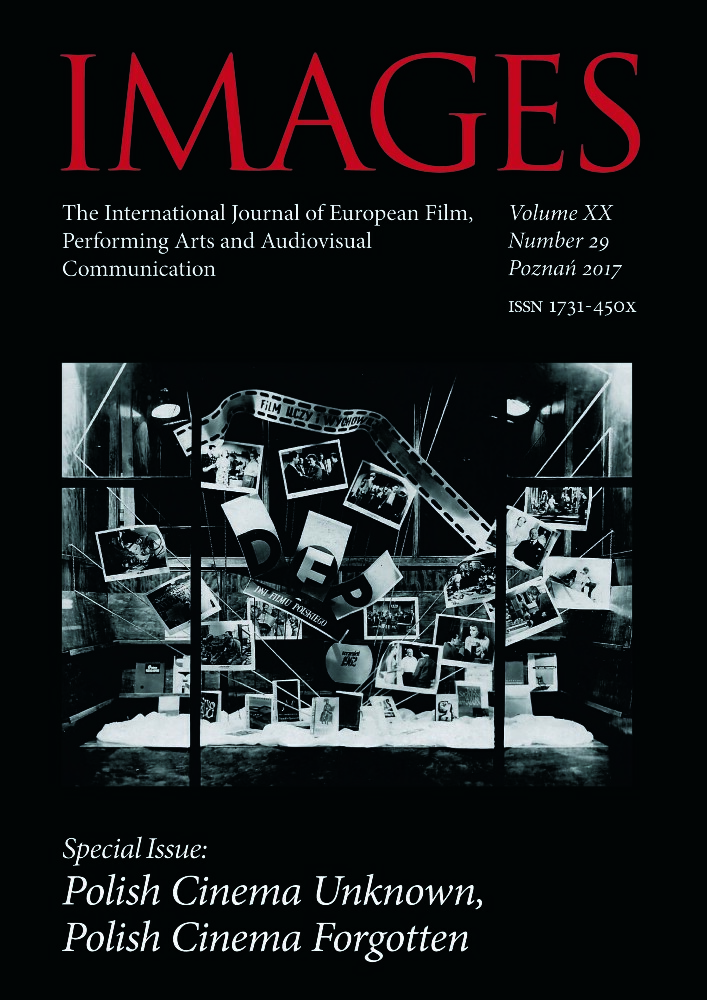Abstract
The article analyses two student short films by Marcin Podolec, Dokument and Olbrzym, which represent the animated documentary genre. In her analysis and interpretation of films, the author uses Annabelle Honess Roe’s methodology to research this phenomenon. She expands the definition of the animated documentary base on Roe’s work.
References
Armata J., 2009, Piotr Dumała w krainie snów, w: J. Armata (red.), Śnione filmy Piotra Dumały, Kraków.
DelGaudio S., 1997, If Truth Be Told, Can Toons Tell It? Documentary and Animation, „Film History” nr 9.
Elseasser T., 2006, Early Film History and Multi-Media, w: W. Hui-Kyong Chun, T. Keenan (red.), New Media Old Media: A History and Theory Reader, New York.
Hendrykowski M., 2012, Animacja jako dokument. Dokument jako animacja. Wokół poetyki i antropologii ruchomych obrazów, „Kultura Współczesna” nr 3.
Irzykowski K., 1977, X Muza. Zagadnienia estetyczne kina, Warszawa.
Podolec M., 2013, Fugazi Music Club, Warszawa.
Podolec M., 2017, Animacja w filmie dokumentalnym, w: K. Mąka-Malatyńska (red.), Od obserwacji do animacji – twórcy o kinie dokumentalnym, Łódź [w przygotowaniu].
Roe Honess A., 2013a, Animated Documentary, New York.
Roe Honess A., 2013b, Nieobecność, nadmiar i rozwinięcie epistemologiczne: w poszukiwaniu ram badawczych dla dokumentu animowanego, przeł. M. Bokiniec, „Panopitcum” nr 12 (19).
Stasiowski M., 2015, A jak animacja, a jak autentyzm, „Ekrany” nr 1.
Wells P., 1997, The Beautiful Village and the True Village: A Consideration of Animation and the Documentary Aesthetics, w: P. Wells, Art and Animation, London.
Węcławek M., Podolec M., 2015, Dym. Pablopavo. Wywiad graficzny, Warszawa.
Wyka K., 1947, Podróż do krainy nieprawdopodobieństwa, „Twórczość” nr 9.
License
Copyright (c) 2017 Katarzyna Mąka-Malatyńska

This work is licensed under a Creative Commons Attribution-NonCommercial-NoDerivatives 4.0 International License.
